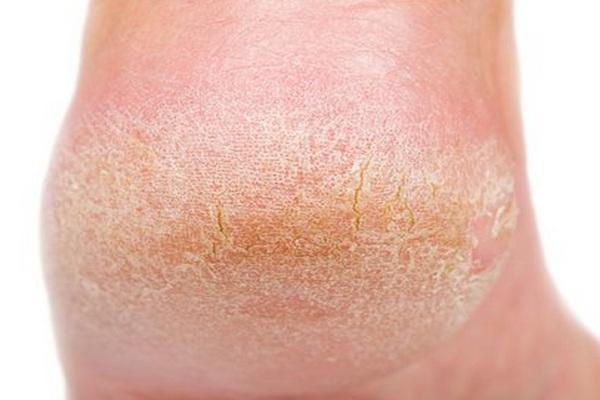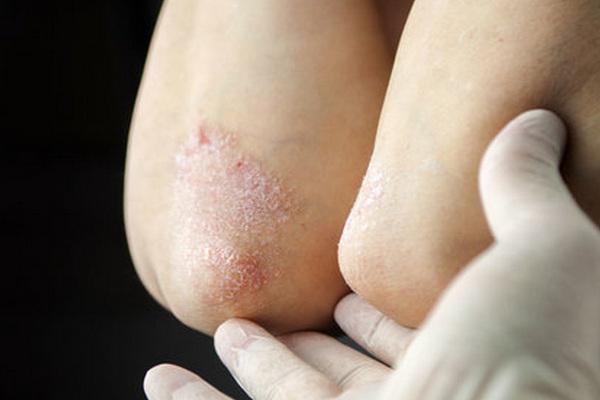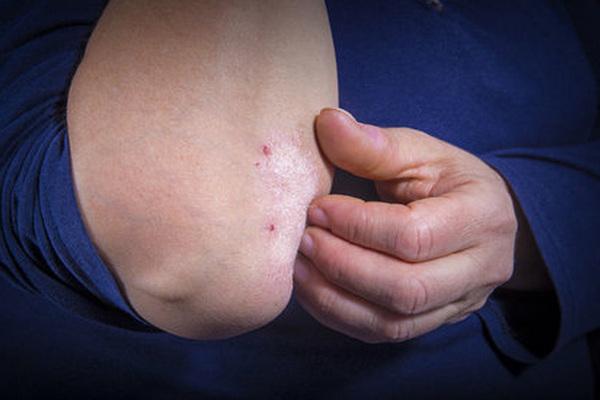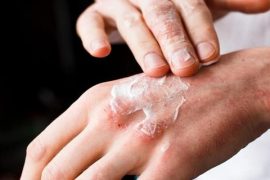Зміст
Excessively dry skin of the face and entire body is a frequent result of improper care, hypersensitivity to certain cosmetics or drugs, and even the result of external factors such as cold temperatures or wind. However, if the skin remains rough, red and patchy for a long time, this may be due to undiagnosed chronic diseases. Check out when dry and flaky skin should prompt us to visit a specialist.
Dry skin and diabetes

Unrecognized or poorly treated, diabetes wreaks havoc on our bodies. Excessively high blood sugar damages blood vessels, overloads the circulatory system, and causes tissue necrosis. One of the first symptoms of diabetes can be dry and flaky skin. Diabetics’ epidermis regenerates much more slowly – hence the greater tendency to irritation and much slower wound healing. It’s also worth worrying about dry and cracked heels, which can be a symptom of one of the complications of diabetes – diabetic foot syndrome. If left untreated, it leads to infections and infections and even tissue necrosis of the foot.
Dry skin and thyroid disease

Dry and rough skin on the elbows, knees, and feet is a common symptom of hypothyroidism. When this gland produces too few hormones (thyroxine and triiodothyronine) in our body, metabolic disorders occur, among other things. People with hypothyroidism have a slower metabolism and gain weight faster, they constantly feel sleepy and tired, have lower blood pressure, and are often cold, especially in the feet and hands. Many patients also complain of difficulty concentrating, memory loss, and headaches. It is worth knowing that thyroid diseases have a very negative effect on the entire body, and in women they are a common cause of pregnancy problems. Skin problems and hair loss may be the first sign of illness.
Dry skin and psoriasis
Psoriasis is a chronic autoimmune skin disease. It is often inherited, but not contagious. It manifests as red and flaky skin, first on the elbows, knees, buttocks, arms and legs (less likely to affect the nails), and eventually spreads throughout the body. Constant keratinization of the epidermis makes the affected areas look like scales. In some patients, psoriasis affects the joints after many years. Drug treatment is necessary (the disease can be significantly slowed down and even lead to long-term remission) and the use of special moisturizing ointments.
Dry skin and atopic dermatitis
In people with atopic dermatitis (AD), disturbances in the structure of the lipid layer of the epidermis are observed. For this reason, the skin loses water and dries much faster, and is also much more sensitive to external factors (wind, frost). The characteristic symptoms of atopic dermatitis are cracking of the epidermis, the formation of painful wounds and itching. Atopic dermatitis, like psoriasis, has an autoimmune basis. Immune system dysfunction can be associated with allergens and even prolonged stress.








